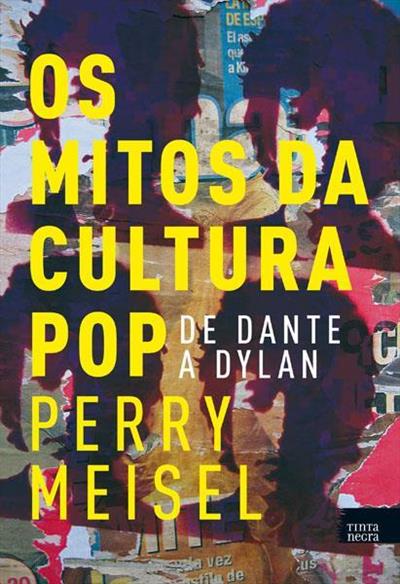They said it many different ways: "This place isn't supposed to close." "This is the worst thing that's happened to the Village since the fire at the Eighth Street Book Store." "If Emilio's closes, anything can happen." They were, of course, the usual crowd - actors, musicians, grocers, professors, black, white, old, young, gay, straight, and all the stages in between. They laughed, they cried, they loaded their plates with eggplant parmigiana, meatballs, ziti, and, for no apparent reason, fried chicken. They drank as if there were no tomorrow. And there wasn't.
Emilio's restaurant, a Sixth Avenue institution for 32 years, was shutting down for good. Sunday evening, several hundred of its regular patrons gathered to say farewell at a party that resembled a cross between an Irish wake an Italian wedding. Gil Rainero, son of the original Emilio, was retiring, and he threw a bash to say thanks. The timeless waitresses bravely served their last suppers: Maria (28 years on duty), Carol (22), Paula (16); even the new arrivals, Tricia (two years) and Mary Lou (just one), deftly hugged old friends with one arm and dished out lasagna with the other.
Manager Gus Theodoro, Gil's impromptu press secretary, waxed eloquent: "Emilio's was a true melting pot; it was what the country should be. Other places are Irish bars, Italian bars, actors' bars, sports bars, gay bars, Jersey bars - Emilio's was all of these. People are here tonight to get a last little taste and touch of that human family that used to belong to them part-time." On an average Saturday night, he said, Emilio's was home to 750 diners, 75 people who came in to use the bathroom, 40 for the phone, and 25 purse-snatchers. "A real microcosm," he said.
The bar, Gil maintained, was the center of Emilio's, but for us it was the "red room" (the one with the fireplace) in winter and the "garden" (with hardly a plant to be seen) in summer. In the garden, July 1977, we cheered with the sweaty crowd as the Village came out of the blackout; all along, Emilio's had been the only place you could get ice in your drink (they trucked it in from Jersey). For 12 years, from the time we moved to New York, we used to meet there almost every week, and we charted our development in what we ordered: In 1975, Perry favored veal parmigiana and disdained the lasagna; by 1980, he knew better. Walter, by contrast, was an early lasagna fan, but in the '80s his taste turned in favor of the veal. No one, however, went to Emilio's for the food.
It was the atmosphere (you couldn't call it ambiance) that drew us back again and again, and that made us drag our friends there, no matter how snooty they were. Yuppification never put a dent in Emilio's: It was New York as you used to see it in old Don Ameche movies. The red-and-white checkered tablecloths disappeared in the late '70s, and fake Tiffany hanging lamps moved in, but the painful benches and little fake flowers endured. Now it's being turned into an appliance store - just what the neighborhood needs. The last gloppy forkful of characterless mozzarella went down as smoothly as the first. Emilio's is gone, but the heartburn lingers on.
Originally published in The Village Voice, January 19, 1988



